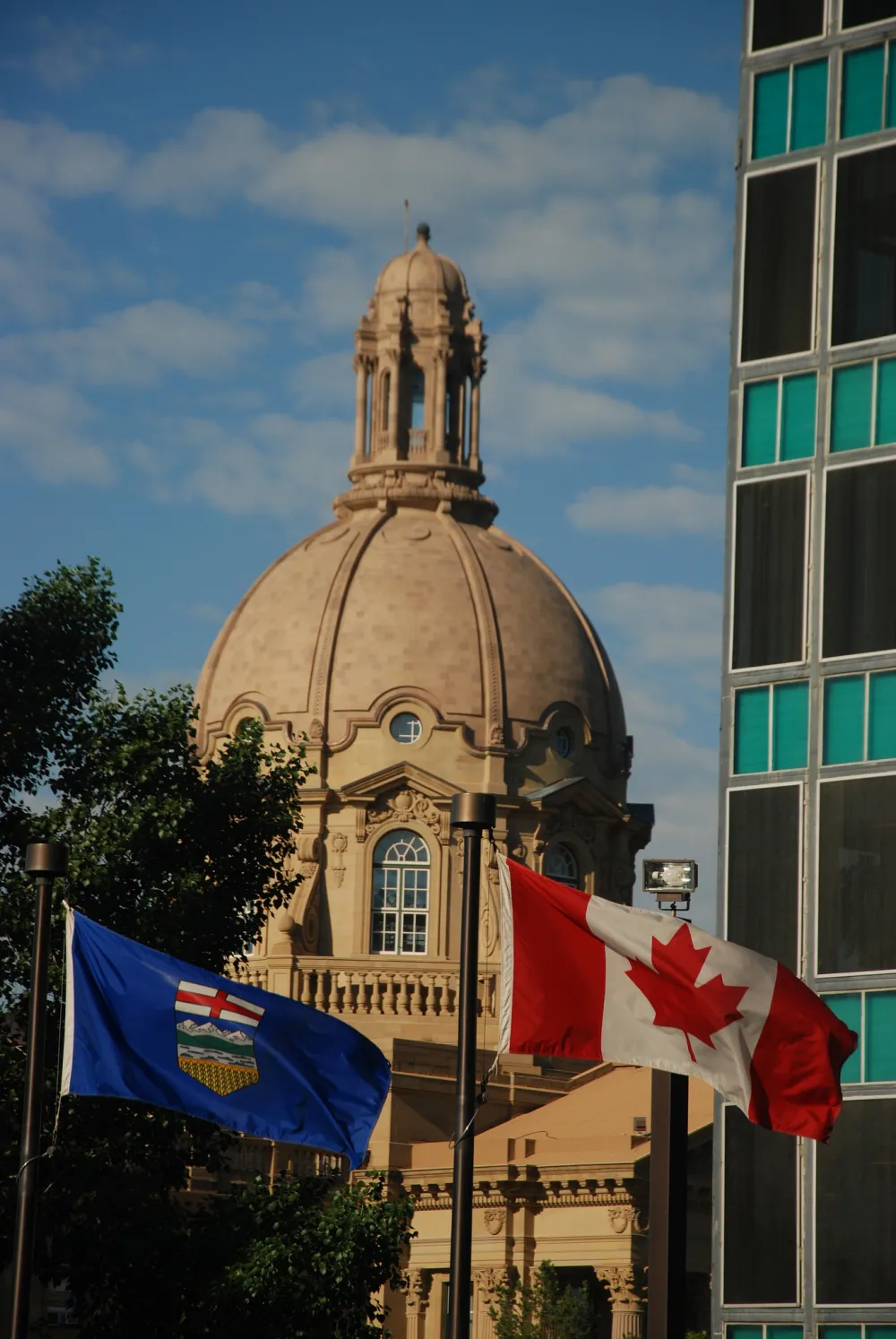For a couple weeks now, a handful of conservative MLAs have been making alarming claims concerning the cost of the carbon levy to Albertans. It is truly discouraging that the intention of these claims has clearly been to induce fear, rather than suggest a credible alternative for the province. More importantly, Albertans may want to know the reason why these claims sound so scary: they are simply made up.
The advice from economists on all sides is consistent — a comprehensive climate policy includes a mechanism that puts a price on carbon. This is why we have seen conservatives such as Ontario’s Patrick Brown, Manitoba’s Brian Pallister and federal leadership candidate Michael Chong all recently come out in favour of a price on carbon.
The money collected is not a tax grab that will just disappear into general revenues. Budget 2016-2017 shows a portion of the revenues will be used to offset the impact on low to middle-income households by providing them with consumer rebates that cover the full cost of the carbon levy. Considering both direct and indirect costs, low income Albertans will have more than the full cost of the carbon levy rebated, while middle class households will pay only $10-$35 for the whole year. Those who reduce their emissions by taking action will end up ahead. The remainder of the revenues will be used to grow the economy, help Albertans further reduce emissions and protect vulnerable groups in the transition.

So where do the scary claims come from? First, they completely ignore the rebate that will more than cover the cost of the carbon levy on the fuel Albertan’s use to drive and heat their homes. This roughly $360 for a family of four in 2017, rising to $540 in 2018, will be fully rebated to the majority of Albertans, with those who use less actually coming out ahead.
The other imaginary costs come from a pan Canadian study on a carbon levy that looks nothing like Alberta’s policy. If that wasn’t enough to raise doubt, the author of the study made it clear that the results do not apply. The research considered a policy that had no rebates, especially for the electricity sector. And applying the work to Alberta ignores basic facts about economic trade that will keep prices from rising. But despite having the professor clearly explain the errors, people continue to make these claims and cite this study.
The real “indirect” costs, changes in the price of food or other goods, have been estimated at $70-$105 per year for the average household — leaving low income households more than covered by the rebates and modest costs for middle income households.
This kind of error in fundamental economics and basic math is either a grave misunderstanding or an attempt to hide the facts and scare people.
The majority of Albertans will pay nothing additional or even come out ahead
The majority of Albertans will pay a minor annual amount — significantly less than a night out at the movies — or even come out ahead, but keep the incentive to reduce. The rebate is based on “average” costs of the carbon levy to an individual, a couple and a family with children. If consumers reduce their emissions — turn down the heat when no one is home, choose more fuel efficient cars, use public transit, walk, bike, take advantage of coming energy efficiency programs — they can reduce their “actual” cost below the “average.” Add to that the direct savings from using less energy and you get extra cash in your pocket.
Low-income consumers typically use less energy than the rest of the population meaning the average rebate will more than cover the carbon costs they pay. For example, an average Albertan household making $60,000 or less per year would owe nothing and could actually see an extra $40-$60 in their pockets in 2017. A middle-income household who reduces their overall use by just 10 per cent would see their costs for the entire year range between $5 and a savings of $20. They also come out further ahead with less money going to energy overall and they are protected from future increases in energy market prices.
Consumers do respond and reduce
Many people are claiming emissions are fixed because people cannot change their behaviour and therefore a carbon price will have little effect. The reality is there are examples from other jurisdictions that show people do respond to a carbon price by making changes to lower costs now and to avoid repeatedly paying a price on carbon over the longer term. And they don’t have to do it alone, revenue from the levy will be used by the Energy Efficiency agency to help Albertans take measures to increase energy efficiency in homes and businesses like replacing windows and using high efficiency furnaces. Limiting the rebate to the additional cost faced by low and middle-income consumers ensures additional money needed to make investments in reducing emissions is available. These revenues can be used to support energy efficiency, renewable energy, and clean technology. In Alberta’s case it is also being used as support for small businesses.
Alberta is taking its climate change fate into its own hands, before the federal government imposes a plan on the province. Now is not the time for misleading information fuelled by a lack of actionable alternatives. The truth is simple: the carbon levy and rebate system will protect Albertans from extra costs and actually leave most coming out ahead.








